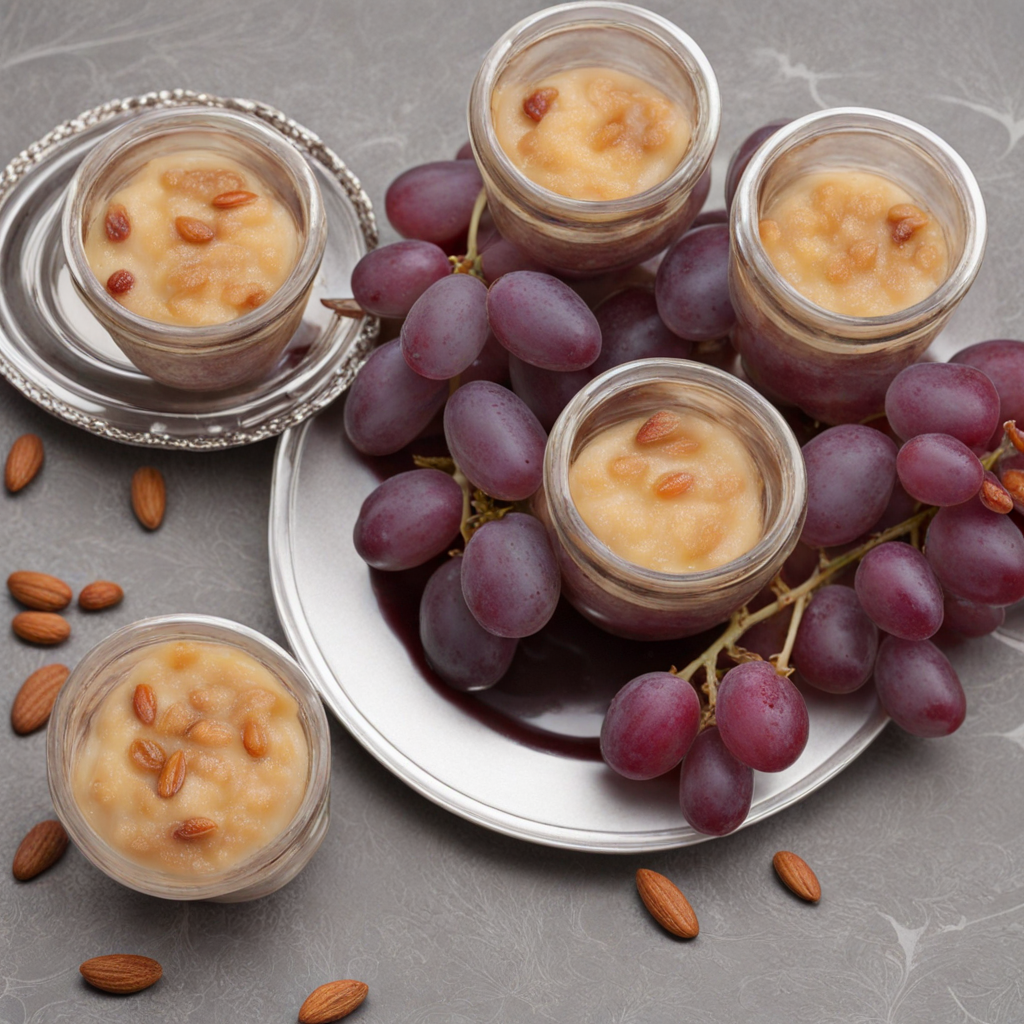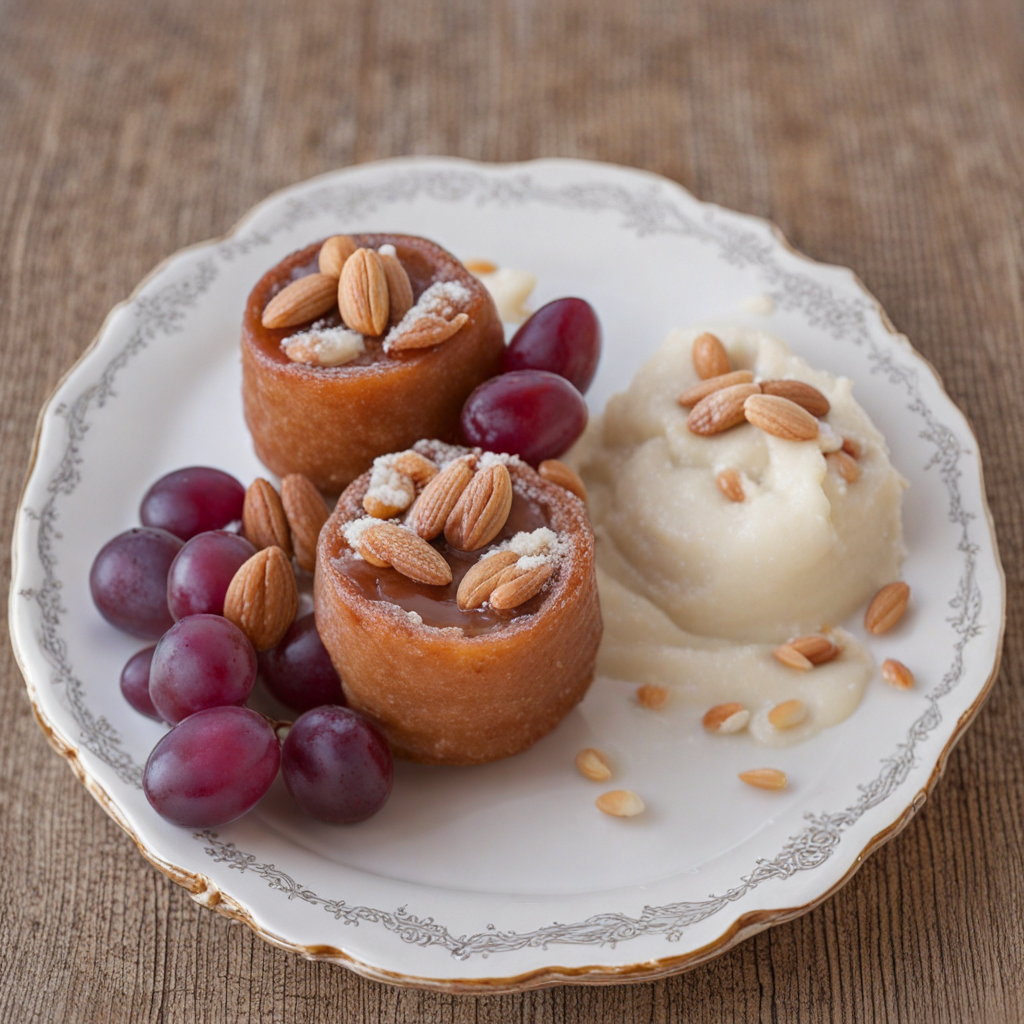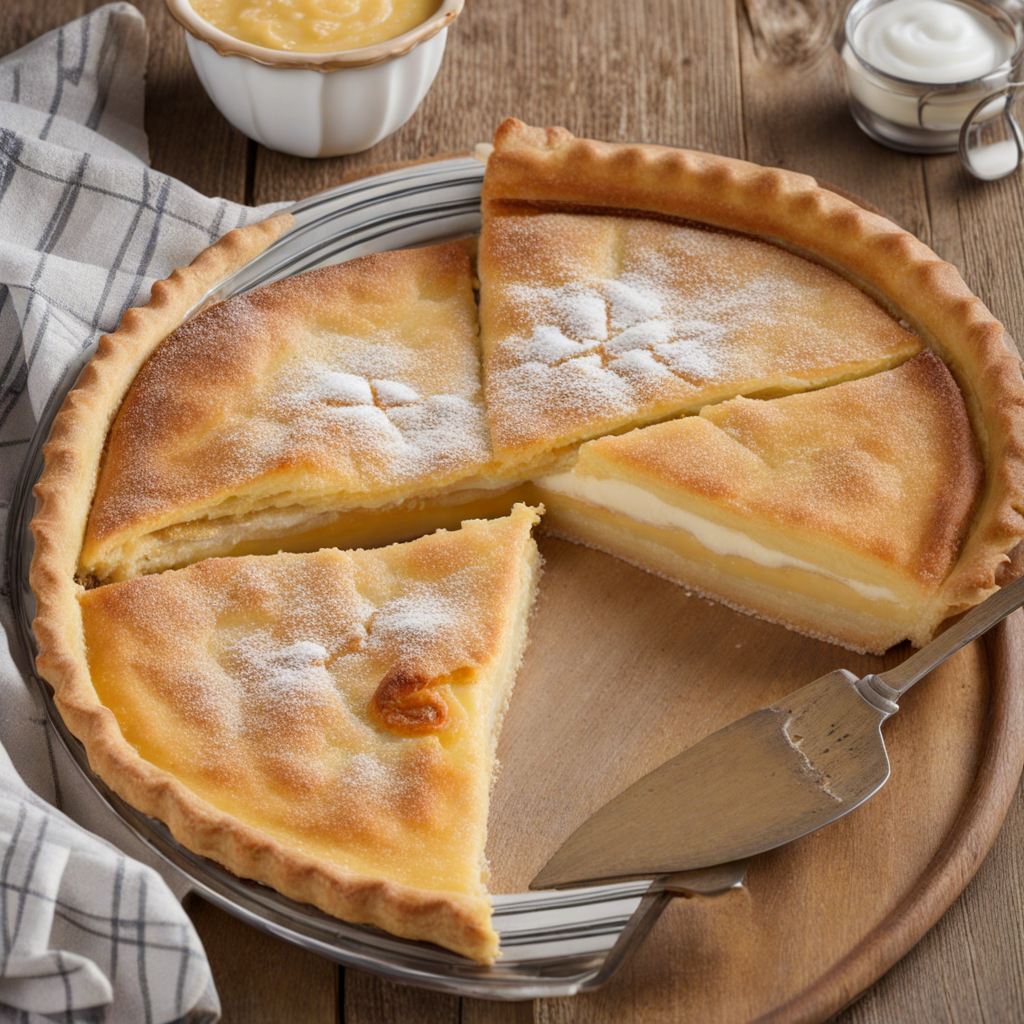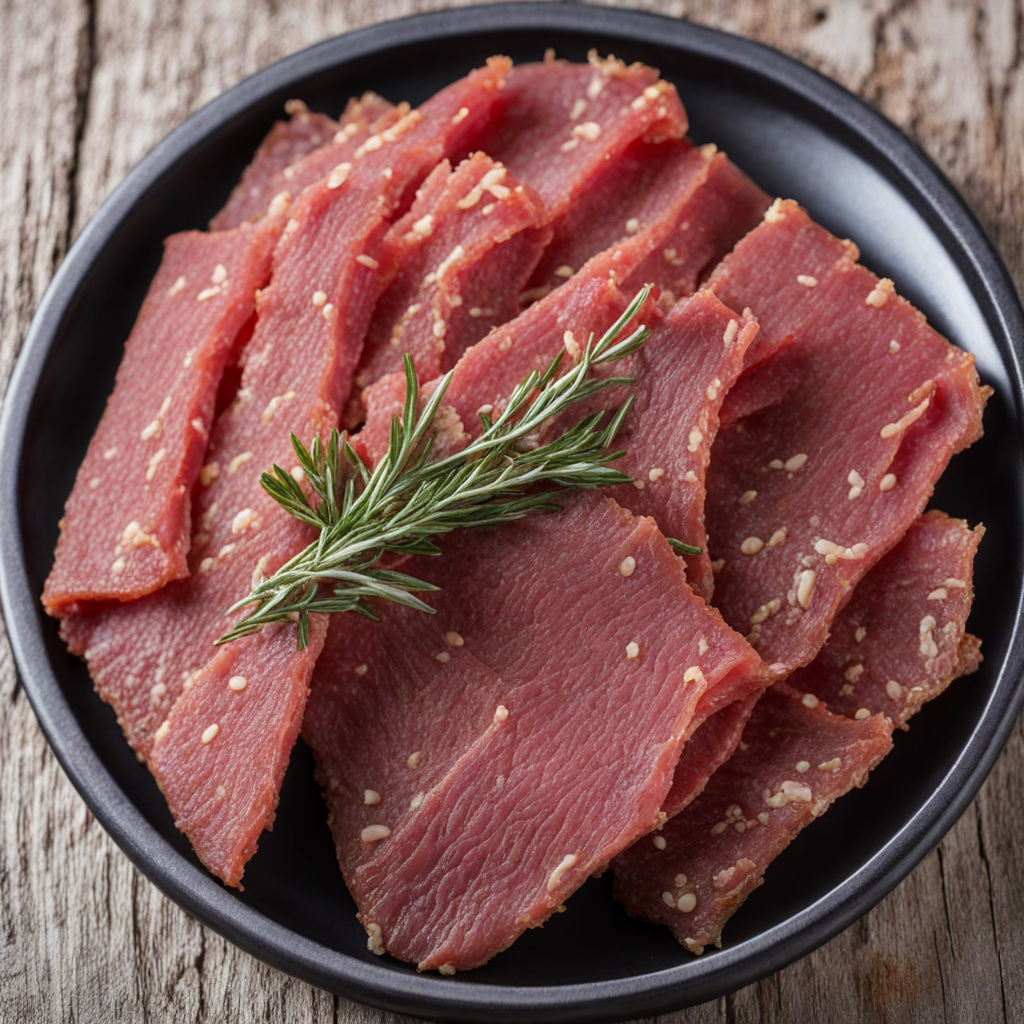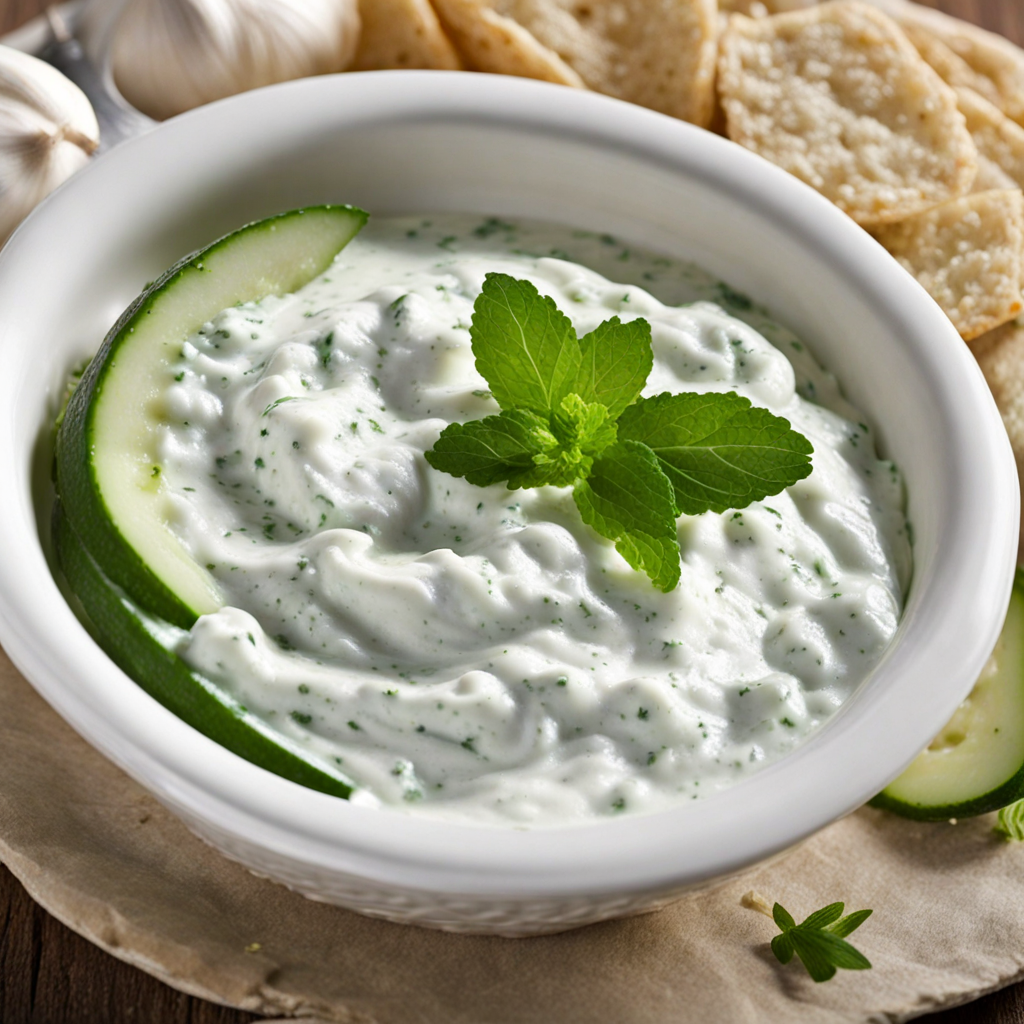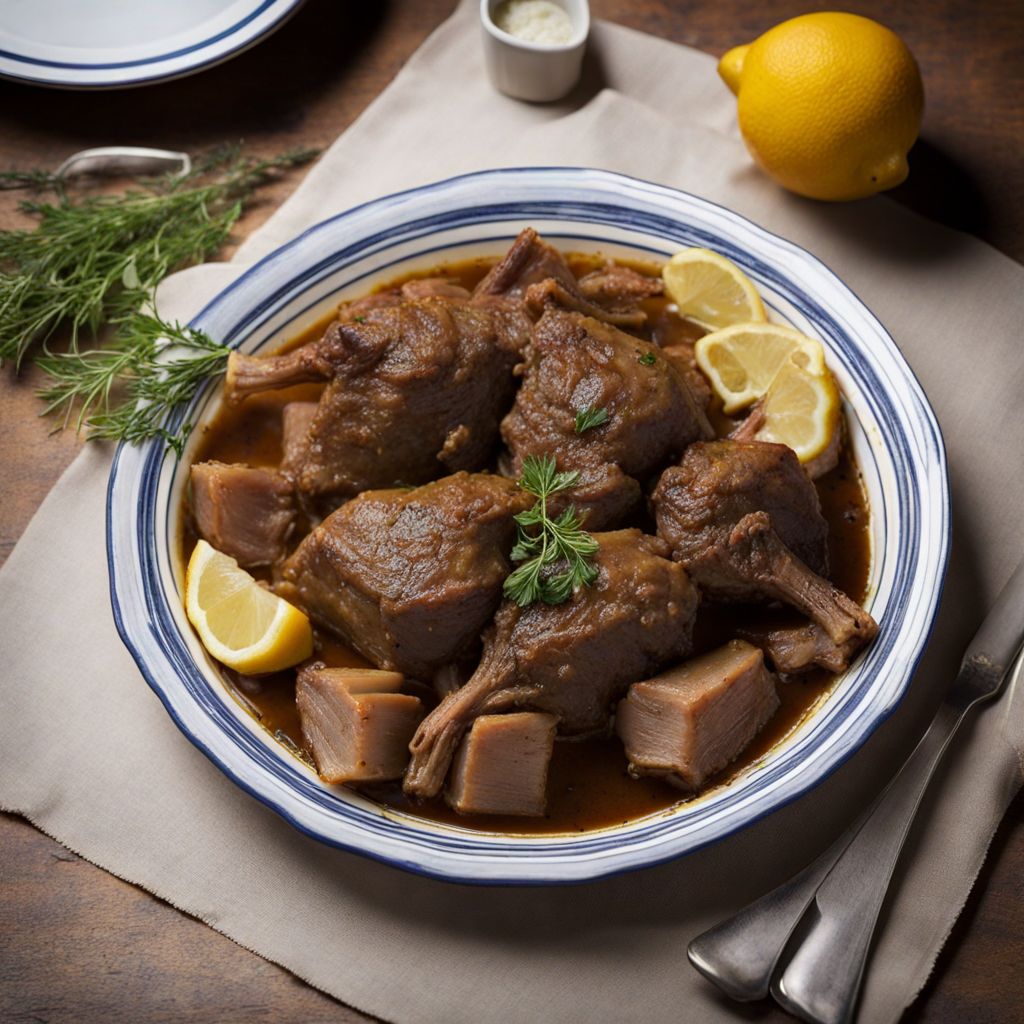Palouzes
Palouzes is a delightful traditional dessert from Cyprus, celebrated for its unique texture and flavor. This sweet treat is made primarily from grape must, which is the freshly pressed juice of grapes, often combined with starch to create a jelly-like consistency. The preparation process involves simmering the grape must with sugar and flavorings, usually cinnamon or orange zest, giving it a warm, aromatic profile that’s both comforting and inviting. The resulting mixture is poured into molds and allowed to set, creating a beautifully smooth and glossy dessert that showcases the rich hues of the grapes used.
How It Became This Dish
The History of Παλουζές: A Sweet Taste of Cyprus #### Origins Pалузές is a traditional Cypriot dessert made primarily from grape must, often flavored with the aromatic spice of cinnamon and occasionally garnished with nuts or sesame seeds. The name 'palouzes' derives from the Arabic word 'paluz', which refers to a pudding consistency, hinting at the dessert's deep-rooted connections to the island's diverse cultural influences. The origins of palouzes can be traced back to ancient times, when grape cultivation became a staple of Cypriot agriculture, thanks to the island’s Mediterranean climate. Archaeological evidence indicates that the Cypriots have been producing wine for over 6,000 years, with grapevines thriving in the rich volcanic soil of the island. As winemaking flourished, so too did the practice of using grape must— the freshly pressed juice extracted from grapes— to create a variety of foods and beverages. The preparation of palouzes is closely tied to the wine harvest season, which occurs in late summer to early autumn. Traditionally, families would gather to press the grapes, and the must would be set aside to make palouzes and other grape-derived delicacies. This practice not only marked the change of seasons but also fostered community bonds, as families and neighbors shared in the labor and the subsequent celebration of the harvest. #### Cultural Significance Palouzes is not merely a dessert in Cyprus; it is a symbol of hospitality and communal spirit. It is commonly served during festivals, weddings, and religious celebrations, embodying the spirit of sharing and togetherness. In the Cypriot tradition, offering food to guests is an important custom, and palouzes, with its distinctive flavor and texture, holds a special place in the hearts of many. The dessert is often served alongside other traditional sweets, like loukoum and walnut cake, during festive occasions, representing a bounty of hospitality. It is also a staple during the feast of St. George, where it is sometimes offered to commemorate the saint's association with agriculture and harvest. The significance of palouzes extends beyond mere sustenance; it is interwoven into the fabric of Cypriot identity. It reflects the island’s history of agricultural practices, communal gatherings, and the blending of cultures—reflecting influences from Greek, Turkish, and Middle-Eastern cuisines. In this way, palouzes serves as a culinary narrative, illustrating the shared experiences of the Cypriot people through centuries of history. #### Development Over Time As Cyprus passed through various rulers and empires— from the Assyrians and Byzantines to the Ottomans and British— the recipe for palouzes evolved, absorbing influences from these diverse cultures. The basic method of preparation has remained largely unchanged, but variations in flavorings, serving styles, and accompanying ingredients have emerged over time. In its simplest form, palouzes is made by boiling grape must, to which cornstarch is added to achieve a pudding-like consistency. The dish is then poured into a tray and allowed to cool and set. The addition of spices, particularly cinnamon and cloves, became popular over the centuries, enhancing the dessert’s complexity and depth of flavor. In modern times, some variations of palouzes incorporate fruit syrups or additional sweeteners, reflecting contemporary tastes while still honoring traditional methods. The introduction of refrigeration technology in the 20th century also transformed the way palouzes was consumed. Once strictly a seasonal dessert, it became possible to prepare and store palouzes year-round. This change allowed for the commercialization of the dish, with local bakeries and pastry shops offering palouzes as a regular item on their menus. Today, it is not uncommon to find palouzes being enjoyed in urban centers, as well as in rural communities, showcasing its versatility and appeal across different demographics. In recent years, there has been a resurgence of interest in traditional Cypriot foods, as younger generations seek to reconnect with their heritage. Culinary festivals celebrating Cypriot cuisine frequently feature palouzes, allowing chefs and home cooks alike to showcase their unique takes on this beloved dessert. This revival has not only preserved the traditional recipe but also encouraged innovation, leading to modern interpretations that incorporate contemporary ingredients and presentation styles. #### Modern-Day Palouzes Today, palouzes is a quintessential part of Cypriot culinary culture, celebrated for its unique flavor and historical significance. It is often found at local markets and food festivals, where vendors proudly present their handmade versions of the pudding. Additionally, the dessert has garnered attention beyond Cyprus, with the diaspora spreading the word about this sweet treat that embodies the spirit of the island. In the contemporary culinary scene, palouzes has inspired chefs to experiment with fusion cuisines, incorporating global flavors while maintaining its traditional roots. For example, some chefs are pairing palouzes with modern desserts or savory dishes, elevating its status from a humble sweet to a gourmet experience. Furthermore, the growing interest in organic and locally sourced ingredients has led to an increased emphasis on traditional methods of grape cultivation and must production. Many artisanal producers are now focusing on sustainable practices, ensuring that the essence of palouzes remains intact while adapting to modern consumer preferences. #### Conclusion In conclusion, palouzes is not just a dessert; it is a reflection of the rich history and culture of Cyprus. From its ancient origins rooted in agricultural practices to its modern-day reinterpretations, palouzes embodies the spirit of community, hospitality, and culinary heritage. As Cyprus continues to navigate the complexities of its identity, palouzes serves as a delicious reminder of the island’s past and a bridge to its future, ensuring that this sweet treat remains a cherished part of Cypriot life for generations to come.
You may like
Discover local flavors from Cyprus


